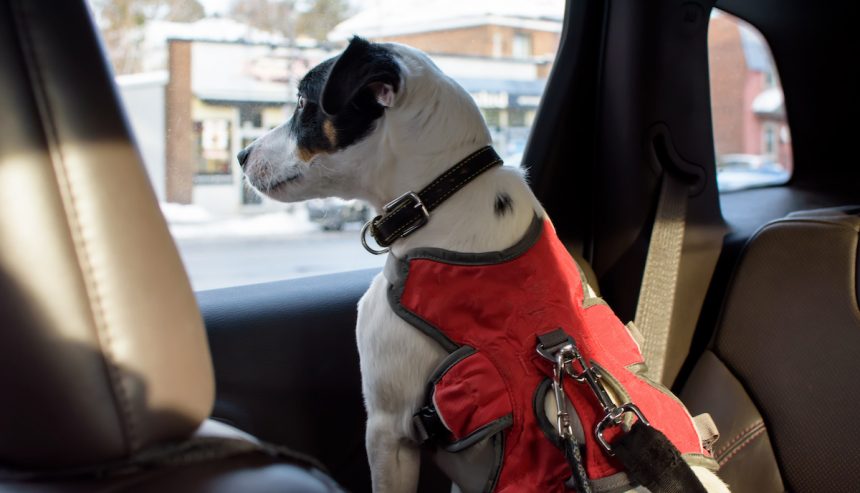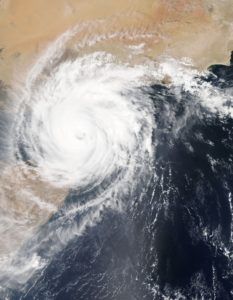Pet emergency preparedness is necessary to protect your pets from the aftermath of disasters. Your response to disaster will depend on the type of disaster. Whether it is a storm, fire, flooding, earthquake, or any other disaster, you need a plan so that you can act decisively to save lives and property. A pet emergency plan will ensure that you consider the safety of everyone in your household, even the furry ones.
Pet Emergency Preparedness
Fortunately, most disasters are predictable – with disaster warnings often being issued a couple of hours or even days beforehand. Having a disaster plan enables you to know what to do as disaster approaches. Your emergency preparedness should focus on how to protect the pets within the home, as well as evacuation procedures and finding alternative shelter for them. Any time a disaster alert is issued, you should take swift action to protect your pets as follows:
- Make emergency shelter arrangements for your pet
- Ensure that every pets has an up-to-date identification collar, and that it is securely fastened
- Confirm that your pet emergency preparedness kit is fully stocked and ready
- Ensure that all your pets stay indoors, or are within reach, in case you have to leave in a hurry
Finding Safe Haven For Your Pets
Finding alternative shelter for your pet may sometimes prove daunting because pets, unfortunately, are not allowed into disaster shelters due to a variety of health and safety concerns. Only service animals are allowed into shelters.
For this reason, you should consider calling in a favor from relatives or friends living outside the disaster zone to see if they can take in your pets temporarily. On the other hand, you could look at local animal shelters offering foster care or emergency shelter, veterinarians or pet boarding facilities, and hotels outside of your area that are pet-friendly. Some hotels may even waive their “no pet” policies during emergencies.
Pet Emergency Preparedness Kit
A pet emergency preparedness kit contains all essential supplies that will enable you care for your pet during an emergency. Some of these essentials include:
- first aid kit
- medical records and medications
- clean water
- pet food
- can opener
- cat litter and litter box
- current pet photos
- pet bed and toys
- sturdy harness or leash
- pet carrier
In addition, you should include important information concerning your pet such as feeding schedules, behavioral problems, and medical conditions. All of these items should be stored in a sturdy, easy-to-carry container.
Guiding Emergency Workers
Rescue stickers are crucial in the event of an emergency because they alert emergency workers and rescuers of the presence of pets in your home. The ASPCA recommends displaying these stickers in conspicuous locations in your home. Also, you should include important information such as the number and type of pets in the home, as well as the telephone contact of your vet. If, by chance, you are able to carry your pets when you evacuate, be sure to either remove the rescue stickers or mark them “EVACUATED” to notify the rescue teams not to bother looking for the pets.
Looking After Your Pets After A Disaster
Just because the disaster has passed doesn’t mean your pet is safe. A disaster may disorient your pet causing dramatic behavioral change – your pet might all of a sudden become aggressive or defensive. You need to take extra caution when interacting with your pets to ensure they don’t get scared and attack you. In addition, watch them closely and take special care for their well-being and safety. Remove any hazardous material such as spilled chemicals and debris. Finally, consult your veterinarian if you notice any injuries and/or persistent abnormal behavior.




 PuroClean Restoration Specialists
PuroClean Restoration Specialists